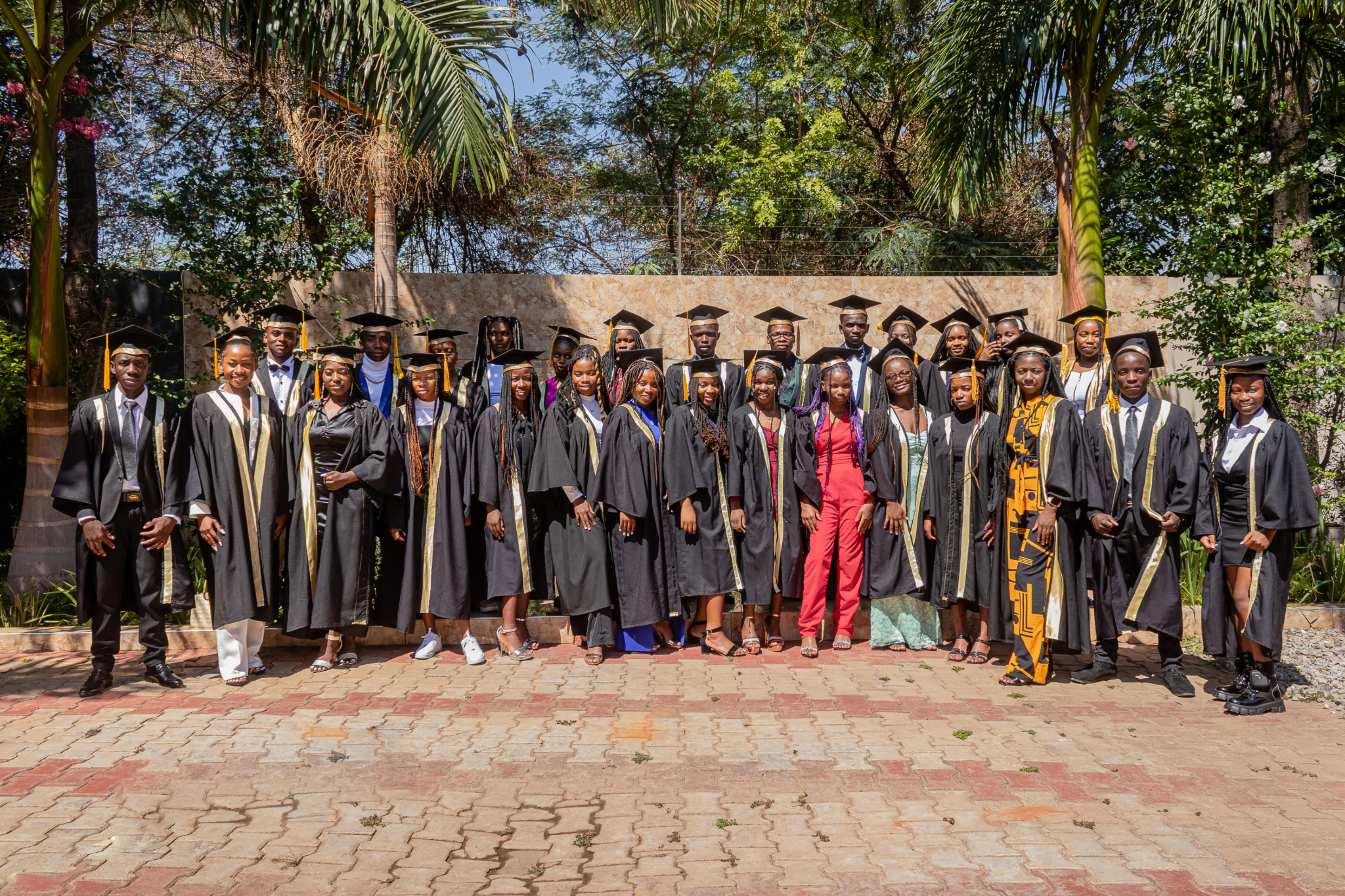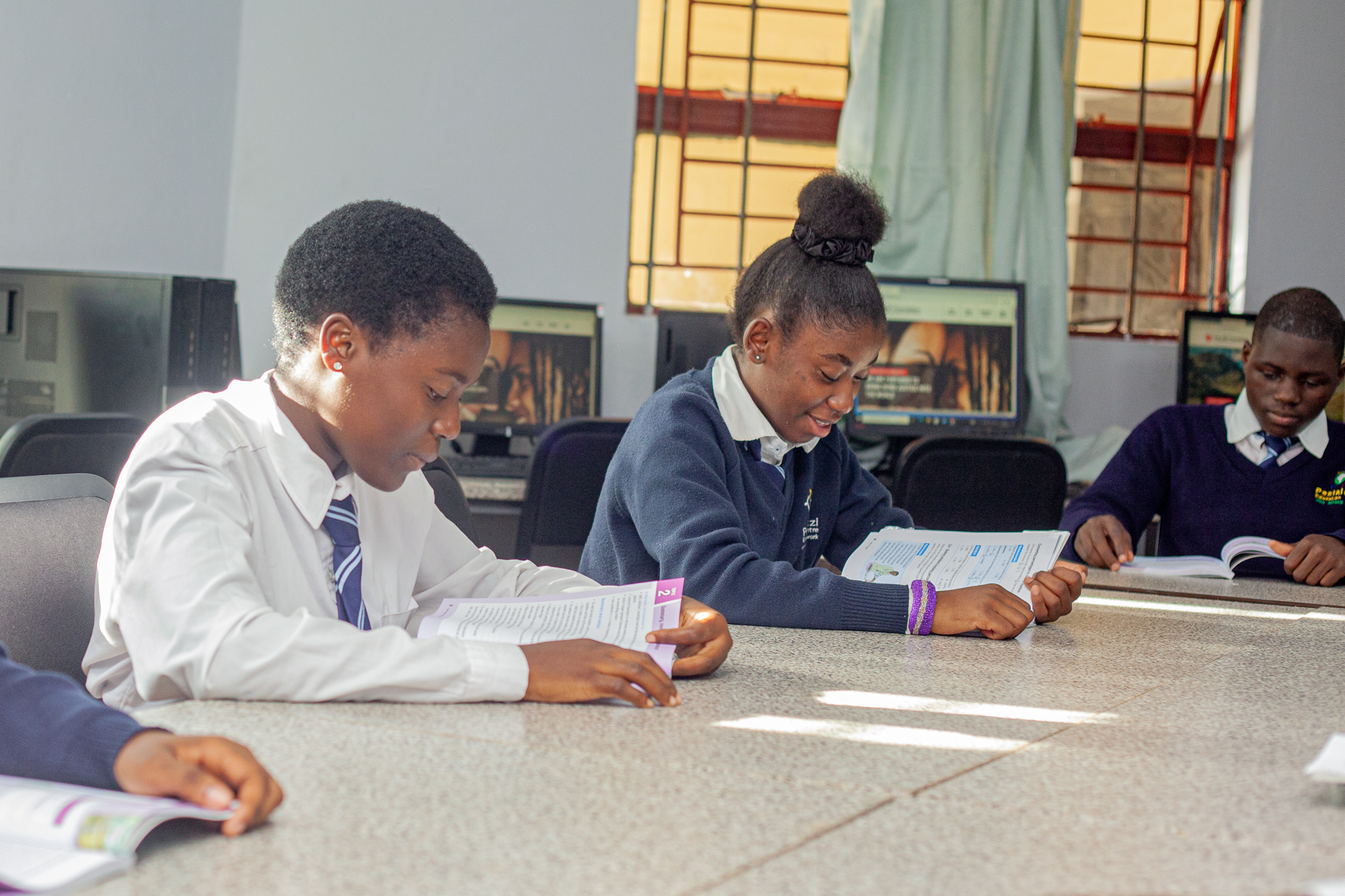
History and structure
Our programmes have transformed the lives of thousands of children, enabling them to contribute meaningfully to their communities and the world.
By focusing on each child's unique strengths, we cultivate not only academic ability but also essential social and vocational skills. Our diverse communities foster inclusion and develop children's innate empathy.
The Pestalozzi legacy
Johann Heinrich Pestalozzi has inspired many charitable organisations. Residential centres have existed in Switzerland and the UK, bringing children from around the world to be educated. They no longer provide direct residential programmes. Some of our most valued supporters and staff were educated by these organisations and continue to give back to others by championing the Pestalozzi International approach.
Pestalozzi International was established on the dual premise that it is more cost-effective to educate children in or near their country of origin and that the benefits of their education would have a greater impact on their communities and countries by doing so. Today we maintain a cost per child of around $2,650 for our Future Leaders Programme. For our supporters, this represents unparalleled value for money, given our wide-ranging provision and outstanding educational and career outcomes demonstrated by our monitoring.
90% of our alumni reside in their country of origin, and 7% are currently studying overseas. We are immensely proud of these statistics, which indicate our programmes do not contribute to the ‘brain drain’ – the loss of bright minds in the developing world to opportunities overseas.

Help Us Reach More Children
Your support enables marginalized children to become leaders in their communities.
Pestalozzi International Foundation - UK programmes
Pestalozzi has a rich history, dating back to 1959 when the first children arrived at the Village in Sedlescombe. Based on the ethos of Johann Heinrich Pestalozzi, the Village was located in Southern England.
In 1947, the British Pestalozzi Children’s Village Association was founded by Dr Henry Alexander, a German, Jewish refugee who moved to the UK before the Second World War, and Mrs Mary Buchanan, a British sociologist.
It wasn’t until 1957 that the Pestalozzi UK story moved on when the group purchased the 170 acre Oaklands Estate in Sedlescombe, East Sussex. Two years later, in 1959 the first children arrived. They were Europeans who ended up in Displaced Persons’ camps in Germany at the end of World War II and were joined by several British children from deprived backgrounds. Between 1959 and 1963, Pestalozzi focused on providing the power of education to European children who attended local schools.
Alumni Len Clarke and William Eiduks run The Early Pestalozzi Children Project, and their website contains a treasure trove of media and memories from this time.
Hundreds educated from around the world
In 1963, 22 Tibetan children from Northern India, along with their house parents, arrived at the Village marking a shift in direction for the charity. Since then Pestalozzi has evolved to offer life-changing educational opportunities to students from developing countries and areas affected by conflict.
1967/68 saw the last of the European students at Pestalozzi and from that point students from a number of countries including Thailand, Nigeria, Vietnam, Tibet, Palestine, India and Nepal began to arrive.
Further change occurred in 1997 when Pestalozzi began to offer scholarships for academically bright young people aged 16-19 from economically disadvantaged backgrounds who had already completed basic secondary education (the equivalent of GCSEs). For almost 20 years they studied the International Baccalaureate Diploma at a local college and then between 2016-2019 students studied A levels at Claremont Senior School.
In 2019 the Village closed and children were selected to attend UWC Colleges until the 2024 merger with Pestalozzi World, when Pestalozzi International was born.
Pestalozzi World's historic programmes
Between 1995 and 1999, Pestalozzi World supported 50 Zimbabwean girls through the Cambridge Female Education Trust (CamFed).
Between 1995 and 2007, Pestalozzi World supported 109 Tibetan students at the Tibetan Children’s Village, Dharamsala in North India.
In 1998, Pestalozzi World funded a house accommodating 25 students.
Between 1995 and 2016 Pestalozzi World supported 79 students at one of Nepal’s leading English medium schools – Budhanilkantha School, Kathmandu. In 1996, Pestalozzi World organised a Pestalozzi Vocational Skills Training Centre to ensure theory was put into practice; the building for a Vocational Skills Training Workshop was added in 1999. The Centre remains active. Pestalozzi World also part-funded a hostel accommodating 124 girls which was completed in 1999.
Since 1997, Pestalozzi World has supported children at Shri Sita Ram Higher Secondary School, Uchchakot, Doti in Far West Nepal. The programme is due to end in 2025. There are currently 44 students and 132 alumni. Completed in 2004, Pestalozzi World also part-funded a hostel accommodating 40 girls. Owing to Pestalozzi World’s support, girls and the so-called ‘untouchable’ Dalit castes were able to stay in hostel accommodation for the first time, enabling them to focus on their studies rather than miss a lot of school to help at home and in the fields.
Zambia
Between 1998 and 2007 the Kasisi Centre, Lusaka provided accommodation for over 200 girls who attended local government schools to the end of Class 9 and then completed their education to the end of Class 12 in their home villages. The exceptions to this rule were the 52 particularly bright girls who were selected from the Kasisi Centre to join the Kasisi Girls Secondary School. In 2007, children joined a temporary village at Leopards Hill and subsequently in 2009 when the accommodation was ready, moved to the Pestalozzi Village at Ibex Hill, Lusaka.
Since 2009, the Kasisi Centre has provided the first two years – Grades 5 and 6 – of accommodation and in-house schooling to the newly selected children (now both boys and girls) who then go on to the Pestalozzi Ibex Hill Village for Grades 7-12.
Malawi
Between 2003 and 2011, Pestalozzi World sponsored 50 Malawian students at Kavuzi Community Day Secondary School or at Viphya Secondary School, both in Mzuzu, Malawi. Pestalozzi World funded the development of a plot of land at Kavuzi Community Day Secondary School into a substantial vegetable garden, cultivated by the students. Subsequent to this programme, Malawians were selected to join the Zambian Village.
The children sponsored under these programmes were drawn into the Pestalozzi World family through:
● Regular visits from Pestalozzi World staff
● The promotion of Pestalozzi Head, Heart and Hands activities at their schools
● Workshops and cooperative games promoting Pestalozzi values
● Their contributing to an annual Pestalozzi World Children’s magazine which promoted activities in line with Pestalozzi values, such as care for the environment and valuing their backgrounds
The development of our current programmes
As Pestalozzi World became increasingly familiar with the countries in which it operated, it changed from supporting students to board at high quality local schools to its current Pestalozzi Village approach.
The residential care now offered better enables Pestalozzi World to provide a Pestalozzi heart-led Village ethos and a holistic Head, Heart and Hands extra-curricular education to all its children, focused on enabling them to reach their full potential while living happy lives, and motivating and equipping them to help both themselves and others.
The Pestalozzi Zambia Children’s Trust was founded in 2001 and is responsible for the Village in Zambia, the Ibex Hill part of which started in 2009
The Pestalozzi Children’s Village Society, Asia was founded in 2003 and is responsible for the Village in India, which had its first intake of children in 2004.
The Pestalozzi Children’s Trust, Malawi was founded in 2008 to support the programme in Malawi and the Malawians selected to join the Zambian Village.
Nepal
Originally named PAHAD (Pestalozzi Association Helping Advance Development), the Nepal Foundation was registered in 2000. The name PAHAD, meaning ‘hill’ in Nepalese, signified the Foundation’s mission to bring educational help to its marginalised rural communities.
Following the Thai Pestalozzi Foundation model, PAHAD, subsequently renamed the Nepal Pestalozzi Foundation, supported 56 day students in local schools throughout the country, part-funded by Pestalozzi World and part self-funded.
The Nepal Pestalozzi Foundation does not currently sponsor students. It now monitors the Nepal Village, Pokhara.
The Foundation Board is entirely comprised of Pestalozzi World Alumni.
Thailand
The Thai Pestalozzi Foundation, registered in 1990, supports students to attend local secondary schools as day students. It also continues its support to the end of Bachelor level education.
To begin with, all the funds were provided by Pestalozzi World. The numbers supported directly by the Thai Foundation gradually increased until, in 2020, the foundation became entirely self-sufficient. Much of the credit for the success of the Thai Pestalozzi Foundation goes to the tireless voluntary work contributed by UK Village alumna Jantrawan Chongnoncee who sadly passed away in 2019.
The Thai Foundation aims to support 100 students at any one time and now has 280 graduates, 115 of them funded by Pestalozzi World and 167 by the Foundation.
Apart from the Chair, the Thai Foundation Board is entirely composed of alumni of either the UK Village or of the Thai Pestalozzi Foundation. Many of its alumni contribute to the costs of the Foundation.